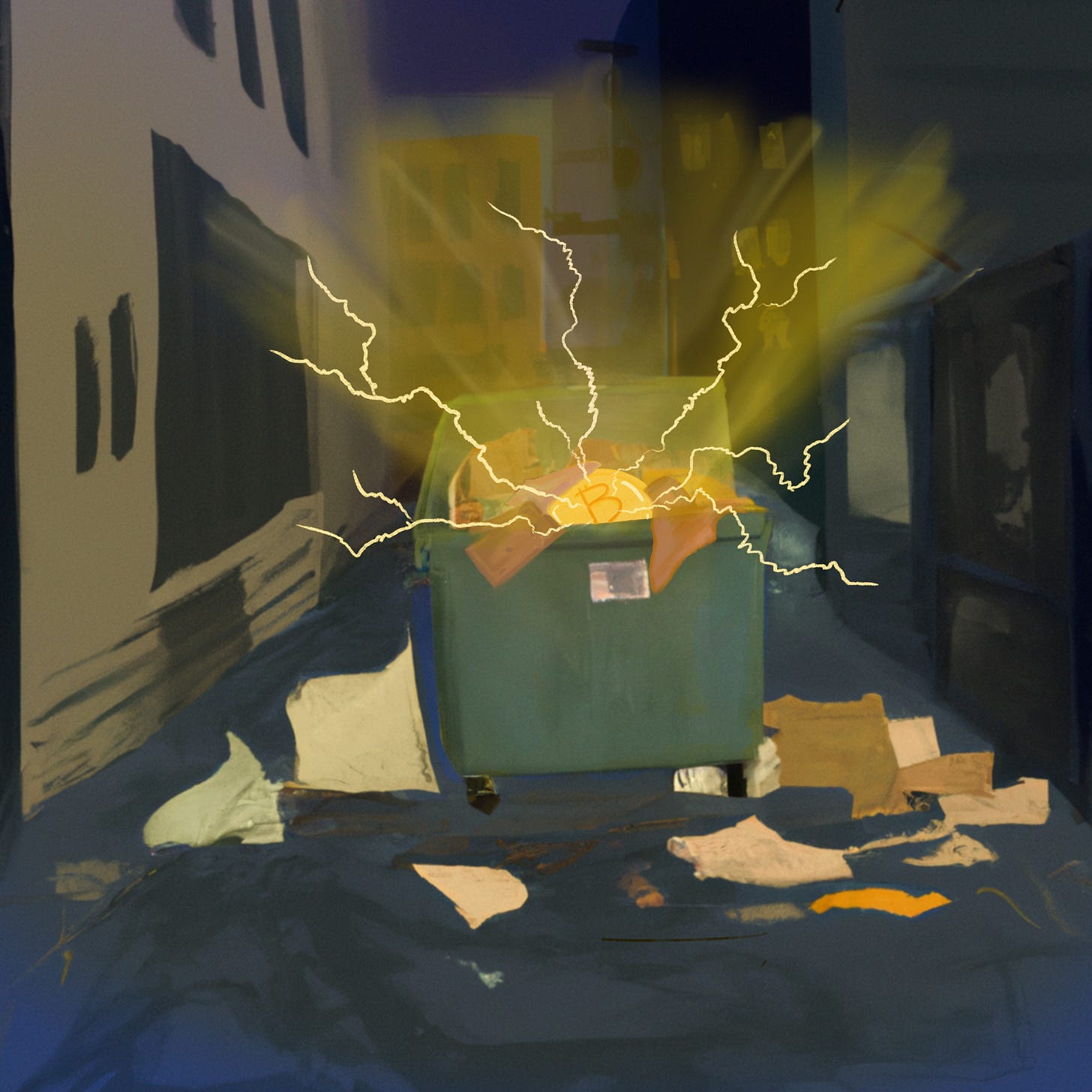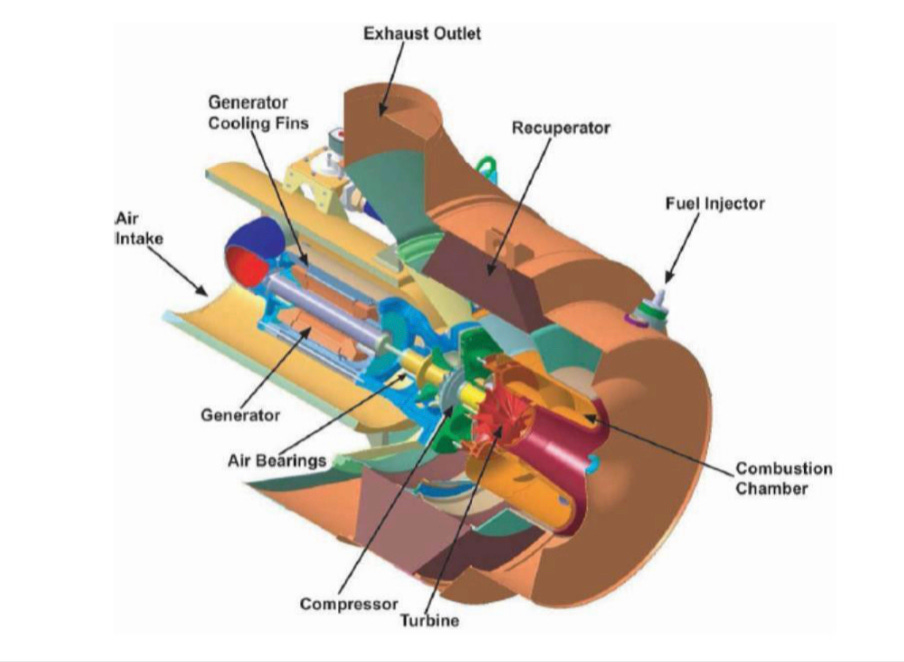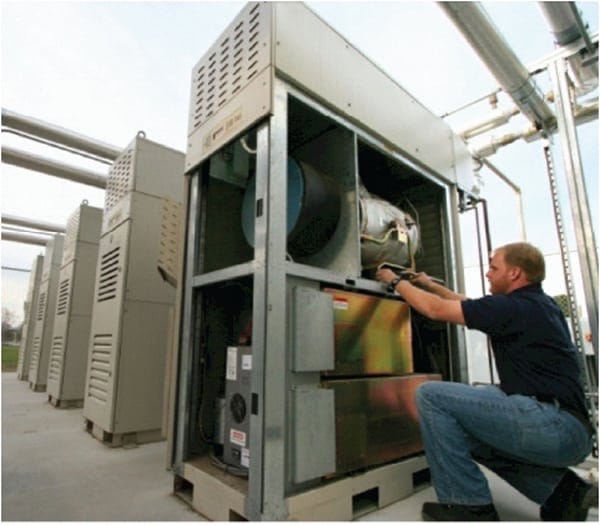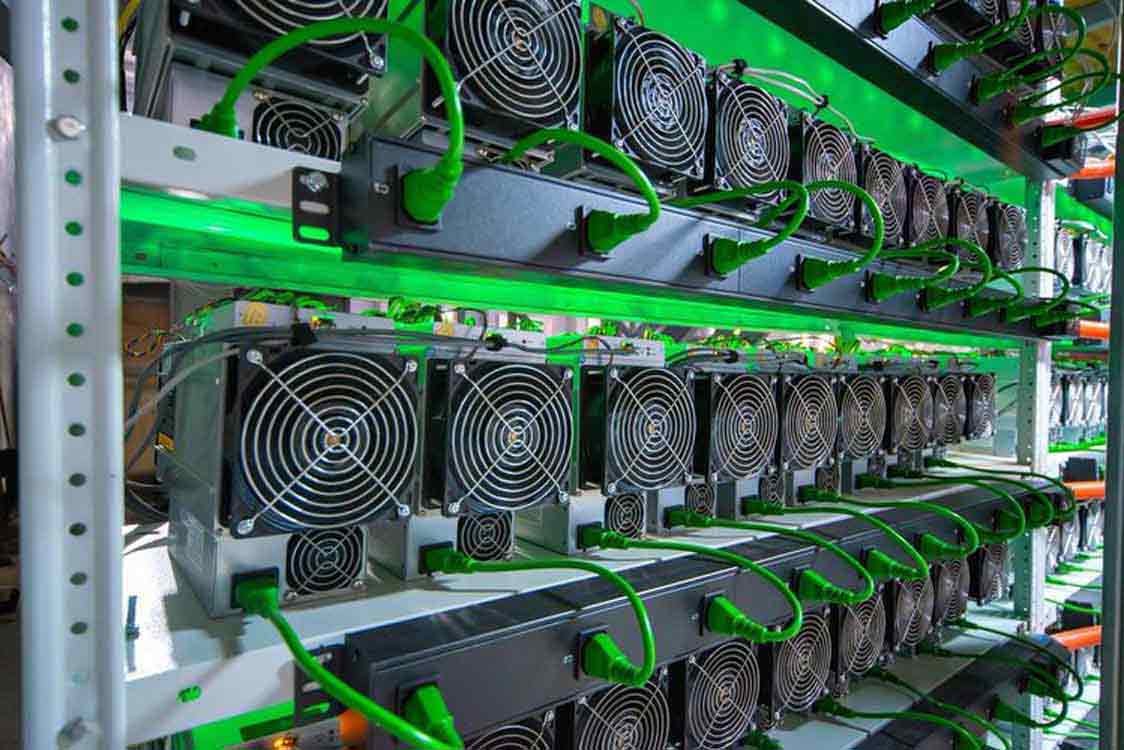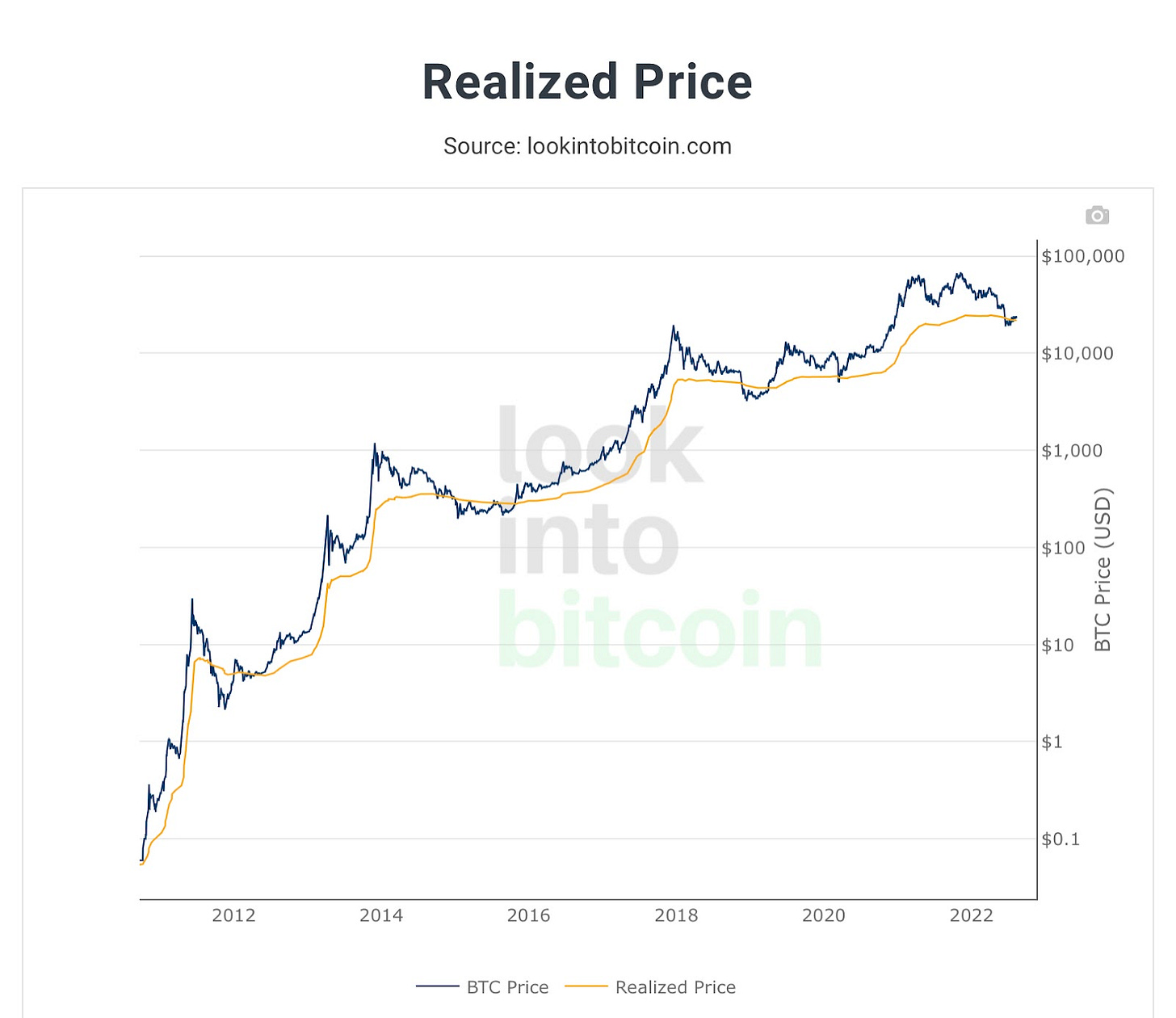If you are a living, breathing human in the western world, you may or may not be aware of the quantity of trash we produce daily. The actual average amount may surprise you. Of course, some have a green conscience and take it very seriously to limit their waste production. But honestly, how many of those people do you know? The United States Environmental Protection Agency (EPA) has been keeping track of the amount of trash each American produces for the past 35 years. The numbers presented by the EPA are current through the calendar year 2018. They are a bit shocking. According to the EPA, the average American Produces roughly 5 lbs of waste per day. That equates to about 292 million tons of solid waste per year! Some of this waste gets recycled and managed through different processes, but a whopping 14 million tons end up in landfills. The EPA data collection shows an increasing trend in the amount of waste produced. It would be no surprise to see that the new data corroborates this trend, so we can safely assume there isn't going to be a shortage of trash anytime soon. There are over 1250 landfill facilities located in the United States. The geographical concentration breaks down as follows: the South region has 491. The Midwestern states have 345. The west has 328, and the Northeast region has 105; these figures are from 2018.
Credit: Huguette Roe/Shutterstock
So how do we get from trash to Bitcoin? The bridge can be obvious. have you ever been near a landfill? The foul stench off-gassing from an enormous mountain of waste is hard to miss when the wind blows in the right direction. The chemical compound bridging this gap is colorless and odorless, but it still packs a punch. Municipal landfills are the third largest source of this compound. Methane (CH4) is the main constituent of natural gas. Right, we have a lot of trash in neat little ski slopes consisting of used baby diapers and all the vegetables forgotten at the back of the fridge that had to be thrown out, and everything else you imagine goes in the trash. These mountains of smelly goodness have evolved to make them a little easier on the nose and in ways to make them less impactful to the environment. These modern landfills are called bioreactors. They are the perfect environment for a particular single-celled organism from the domain Archaea to thrive. These micro-organisms perform methanogenesis, which is essentially a form of anaerobic respiration. All a fancy way to say the microbes decompose organic matter into Methane. In the U.S. landfills generate approximately 109.3 million metric tons of natural gas, which equates to about 17.7% of the total methane emissions. It is also important to mention that according to NOAA, the amount of Methane in the atmosphere has increased enough to set another record in 2021, This is a trend that definitely raises some eyebrows in the “fight against global warming” camp.
Image graph: (CH4 trend: This graph shows globally-averaged, monthly mean atmospheric methane abundance determined from marine surface sites since 1983. Values for the last year are preliminary. (NOAA Global Monitoring Laboratory)
All of these big trashy numbers are a little hard to grasp, so to put it all into perspective let's break down the 109 million metric tons (109 billion kilograms or approximately 240 billion pounds) of natural gas into terms that bring it closer to everyday life. Pure Methane has an energy density of 15,5 Kwh/kg (Kilowatt hours). The average annual electricity consumption for a typical American household is 893 kWh per month; based on the U.S. Energy Information Administration (EIA) estimates from 2020. In simple terms, a 100-watt light bulb that runs for 10 hours would consume 1 kWh. You can imagine how many 100-watt light bulbs you could theoretically run for 10 hours with all the energy contained in 109 million metric tons of Methane. Too many for me to care to count. These are all calculations that assume a purity of methane gas that is 100%. Keep in mind Natural gas is not typically pure methane. If we wanted to convert Natural gas into electricity the output would depend on the efficiency of the conversion.
Natural gas stove burner - courtesy of Unisource Energy Services
Converting natural gas that is rich in Methane into electricity is most commonly done on-site with the use of gas-powered turbines; of which there are 3 types: open cycle fast turbines, combined cycle gas turbines, and combined heat and power. The latter is used for very large industrial applications. Open cycle fast turbines are cheap to build and good for short runs in producing energy, while combined open cycle gas turbines are the most efficient but are more expensive to build. The level of efficiency achieved with either an open cycle fast turbine or a combined cycle gas turbine ranges from 64% to 72% depending on the specific configurations of the system (the higher figures from combined cycle gas turbines) according to information provided by the department of energy. The energy output of an individual modern turbine ranges from 200 kW (Kilowatt) to 250 kW. There are current packages that can go up to 1 MW and these can be assembled to create multipacks for projects of 5 MW (Megawatt) to 10 MW. It's good to keep in mind that - “The electrical generation efficiency of microturbines declines significantly as load decreases. Therefore, microturbines generally provide the best economic performance in base load applications where the system operates at, or near, full load. An exception is modular packages where one or more individual microturbines can be shut down while the remaining microturbines operate at or near full load.” - Energy Department.
Microturbine illustration - Graphic credit Capstone Turbine Corporation.
But wait! Doesn’t the combustion of natural gas produce emissions? You may be wondering. And of course, they do, but, “Microturbines are designed to meet state and federal emissions regulations, including more stringent state emissions requirements in California and some other states” - Energy Department. All other types of gases emitted by the landfills NOx (Nitrogen Oxide) CO(Carbon Monoxide) and VOC (Volatile Organic Compounds) are all within acceptable ranges measured at the exhaust stack, and the quantities reported are actually quite impressive to me. For example NOx - is exhausted at a rate of about 0.20 to 0.46 lbs/MWh (MegaWatts Hour), CO is exhausted at a rate of about 0.13 to 1.24 lbs/MWh, and VOCs are exhausted at a rate of 0.08 to 0.11 lbs/MWh (pounds per Megawatt hour). So, these turbines turn a problematic byproduct that is inherent with solid waste management, into a solution that becomes a win-win for municipalities and private landfill companies.
A 65-KW combined cycle gas turbine being inspected by a technician, in a multipack configuration. Image courtesy to Capstone Turbine Corporation.
So, we have landfills that produce a lot of natural gas, that in most cases gets either exhausted into the atmosphere or flared out. We have a need to capture this natural gas to control the levels of greenhouse emissions as landfills have to comply with gubernatorial regulations. And lastly, Modern microturbine systems can convert the natural gas emissions and turn these emissions into energy, providing us with a means to add bitcoin into the equation. I like to call it the orange variable.
Bitcoin in blocks - by son of satoshi
Why Bitcoin? - Bitcoins are distributed to those who mine them. Mining is essentially what connects this digital monetary technology to the physical world because to be rewarded any amount of bitcoin, you have to spend energy. Without the computational power required to validate transactions on the network (I.e. Mining), there would be no cost to generating bitcoin, this renders them inherently worthless. Nothing that is created out of thin air, as easy as printing dollars by hitting a button in a computer terminal (which is actually how fiat currencies are created); possesses the inherent value of what real money is supposed to be represented by. Although, it is imperative to note that this is not the sole reason bitcoin has value.
Bitcoin mining entrepreneurs are incentivized to find free “energy wells” to participate in the computational race to verify transactions and get rewarded bitcoins. So that the cost basis for running their ASICs; application-specific integrated circuits (ASICs) is as close to zero as possible. The idea of capturing stranded energy for mining bitcoin is not new. But there is a lot of untapped potential in this sector. Vespene Energy is a trailblazer in utilizing the natural gas from landfills in the U.S. to mine bitcoin. Proving there are enough incentives to raise capital to capture Methane and turn it into energy used to run ASICs. entrepreneurs, engineers, and scientists in the energy sector are working on new ways to capture the byproducts of different industrial activities. Before bitcoin, there were no cost-effective ways to capture stranded energy. There are vast amounts of stranded energy that are still wasted to this date.
ASICs are humming along mining bitcoin.Image courtesy of bemine.club
Utilizing the energy that is produced by a 1MW microturbine installation. Which in net terms is about 800 kWh, as some of the energy produced would be utilized for cooling the turbines and ASICs, and taking into consideration that Bitmain’s Antminer S17+ (an ASIC computer model) consumes 3 kWh, someone could run 267 of these ASIC miners. That would provide enough computational power to mine bitcoin at a comfortable rate. Each Bitcoin Antminer S17+’s can generate 73TH/s ( Tera hashes per second) which will in total contribute 20 PH/s (Peta hashes per second) of computational power! That is not a trivial amount by any means, for an individual mining operation, '"A hash is a function that meets the encrypted demands needed to solve for a bitcoin blockchain computation.” - Investopedia.com
The Bitcoin Mining Industry is seen by those who don’t truly understand it, as wasteful and a contributor to greenhouse gas emissions, due to the amount of energy required to generate bitcoins. This is my pleb opinion, makes the argument that bitcoin is worth nothing, and that it is a Ponzi, moot point. What these detractors fail to see, is the connection between stranded energy, and the incentives to utilize it to mine bitcoin at a profitable rate. The ability for private and municipal landfill companies to partner with bitcoin mining companies opens a door of opportunities to capitalize on profit sharing from the mining of the hardest form of money that exists today and probably until the end of times.
Bitcoin has a fully decentralized algorithmically enforced maximum supply of 21 million coins. Not one single entity, government, or person can change this fact. And for the players involved in mining bitcoin, attacking the network would be incredibly expensive, and counterintuitive, as no one would choose to debase an asset they have spent so much time and energy to accumulate.
As more and more people gradually realize the true value proposition of bitcoin there will be a greater amplitude of adopters which will further increase the value - greater demand for a finitely scarce asset = greater value. Municipalities and private landfill operations have large environmental and economic incentives to partner with companies such as Vespene Energy. Bitcoin mining has a track record of being an incredibly profitable endeavor when tapping into stranded energy sources. Mining companies provide a means to curb greenhouse emissions on site and in turn they get to run their mining equipment at no cost. The landfill operators get a kickback from an otherwise difficult to monetize natural gas as doing so usually requires a large infrastructure investment upfront- even just transporting the natural gas on tankers is not very profitable. Instead, Building a microturbine energy generation station on site can be done at a fraction of the cost of traditional natural gas infrastructure. Municipalities can benefit directly and indirectly as they would capture funds that can help them to further develop their communities.
The positive environmental and economic incentives that bitcoin provides make all of this possible and so much more. The future is truly bright and orange!
Realized price chart of bitcoin from its inception - courtesy of lookintobitcoin.com
This article barely scratches the surface of this topic. This is a highly technical field with lots of complexity that I have left out in order to provide a broad picture of one specific application of stranded energy exploitation to mine bitcoin. For more detailed information on the economy of mining please visit “Energy Consumption (Kwh) to Hashrate (PH/s) Guide for Bitcoin Mining” by Luxor Tech at Medium.com, and visit vespene energy’s website at vespene.energy.



